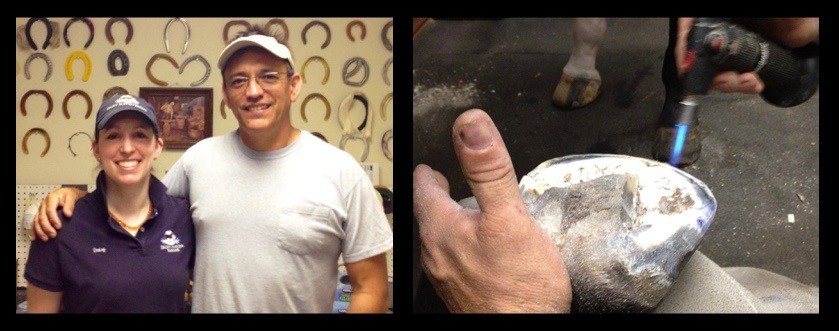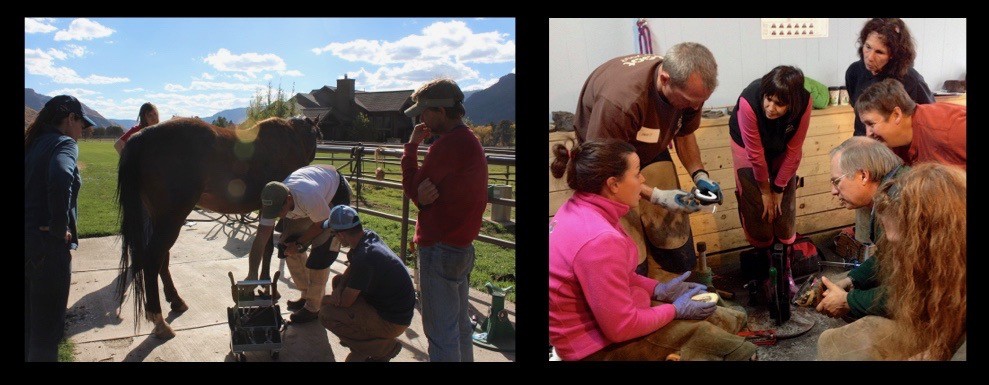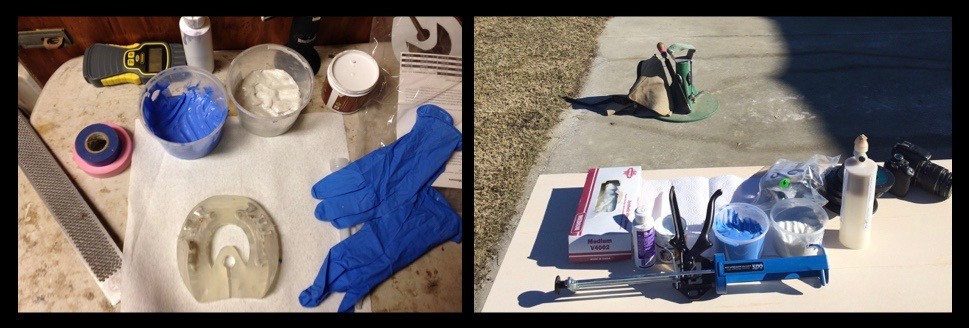In the horse world there are “ways to do things”. Some of of these things we do because it is grounded in science and based on research and objective information. Other things we do, maybe even most things, we do because “that’s the way it’s always been done”. This even applies to glue-on shoes. If you ask 10 farriers how to prepare the foot and apply a glue-on shoe, you’ll get 20 different answers. Many of them claiming this is the “way to do things”. Not only are there different kinds of glue, but difference kinds of shoes, and many variations on application methods! So how do you know what to do to be successful? What is the “best practice” when it comes to your glue-on shoe application? There are several ways to set yourself up for success.

Start with following manufacturer’s instructions to the letter. If you pick a certain brand of shoe and they have recommendations for glue application, the best place to start is the foot preparation and glue method that they recommend. The manufacturer wants you to be successful so it’s a great place to learn best practices.
Many of you know I LOVE acrylic glue, EasyShoe Bond/Equilox, yet in applying shoes like the Flip Flop and product testing the new “Love Child” I’m following manufacturer instructions and using urethane glue, Vettec Adhere, with the application.

Next idea for learning best practices with your glue work: contact a practitioner who uses the shoe/glue and intended application method you’re looking to utilize. Many farriers are glad to share the tips and tricks of their successful glue work with other practitioners who want to learn. Best is to do a ride along and watch them work if possible. But many will be glad to answer questions over the phone, via email, or on social media.

Another great way to learn is to attend a clinic. There are many learning opportunities out there for those who want to learn different glue and shoe methods. A clinic situation is often a stress free way to learn different glues and shoe applications and gain hands on practice with supervision from a trained professional.

Lastly, be meticulous in your own work. Write down the steps you’re using and keep your work space neat and clean. Practice your process in your mind and consider walking through the steps with each foot before applying the actual glue to the shoe…that’s GO time! Additionally, take photos of your work, and track objectively how the horse’s foot responds to the application you’re using.

Glue work is 99% preparation and only 1% actually doing it. The more thorough your preparations, the easier your applications will go, with less chance of failure. And that way, on the small chance you do have a failure at one point or another, you’ll be able to pin down why and resolve it very easily.





